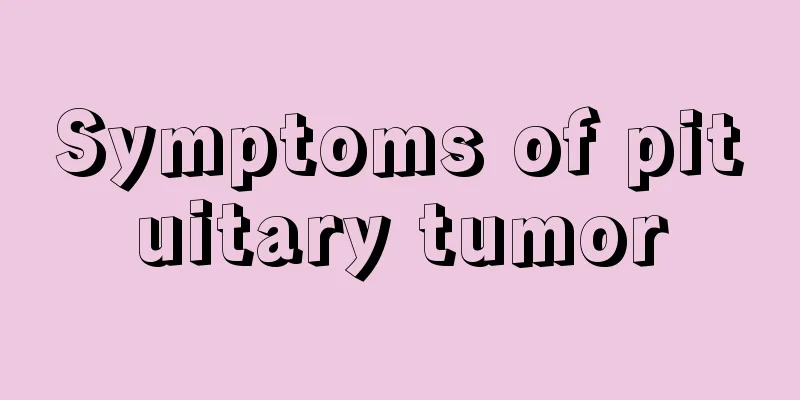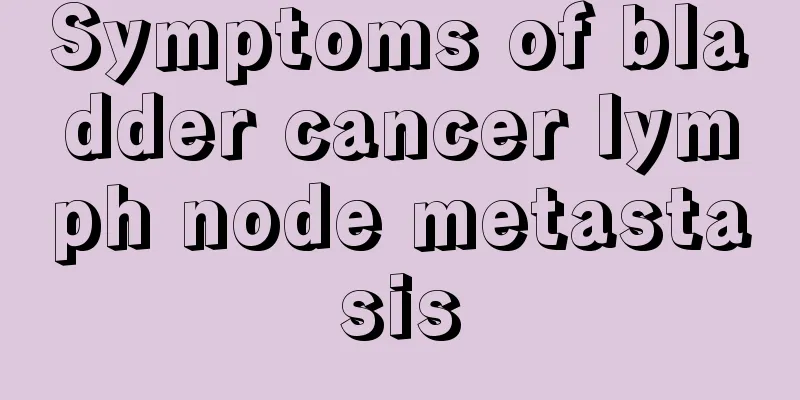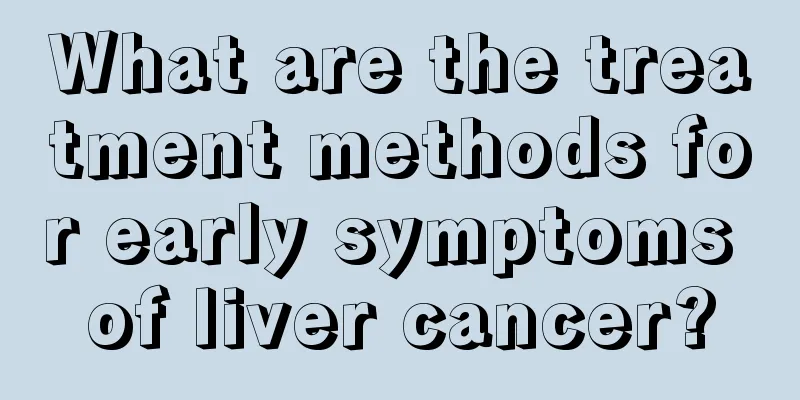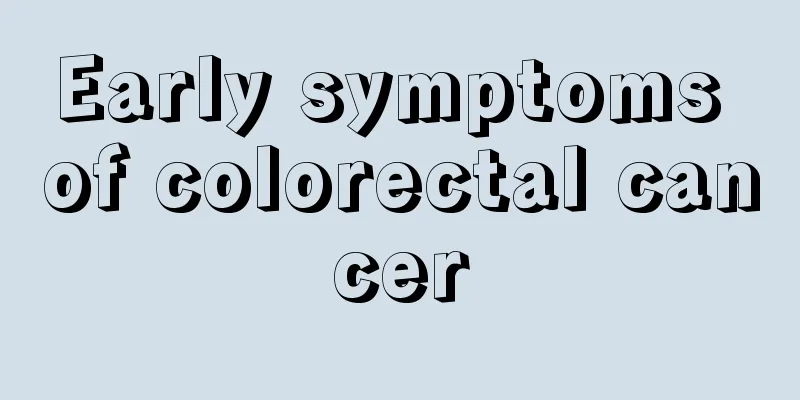What is the nebulization treatment for chronic pharyngitis

|
Patients with respiratory diseases often encounter nebulization therapy during the treatment process. Nebulization uses professional instruments to disperse the drug into small particles and spray them into the lesions. This helps the drug to better act on the affected area and greatly improves the treatment effect. With the continuous improvement of nebulizer equipment, nebulizer therapy technology has become more and more mature and popular. Chronic pharyngitis is caused by chronic inflammation of the throat or stimulation by spicy food, and may cause discomfort such as foreign body sensation and excessive phlegm. Nebulization can have a local anti-inflammatory effect. There are three main types of nebulizers currently used for medical or home nebulization treatment: one is an air compression nebulizer, one is an ultrasonic nebulizer, and the other is a mesh nebulizer. The choice of which instrument to use for treatment should be based on the doctor's advice and guidance. Commonly used drugs for chronic pharyngitis nebulization are Mucosolvan, gentamicin, dexamethasone injection and normal saline. The nebulizer solution was prepared fresh daily. Usually each inhalation lasts 10 to 20 minutes, 2 to 3 times a day, and a course of treatment is 1 to 2 weeks. When inhaling, you must start with a small dose, and then gradually increase the dose after you get used to it, until all the medicine liquid is inhaled. Do not use a large dose at the beginning, because a large amount of cold mist entering the airway rapidly will cause spasm of the airway smooth muscles, leading to worsening of breath holding and breathing difficulties. Patients are advised to use it reasonably under the guidance of local doctors. At the same time, oral anti-inflammatory drugs or Chinese medicine conditioning treatment are needed. The role of nebulizer therapy 1. Treat respiratory tract infections, eliminate inflammation and edema. 2. Antispasmodic. 3. Thin sputum and help expectoration. Precautions for nebulization treatment of chronic pharyngitis Try not to eat half an hour before nebulization inhalation to avoid the mist irritating the airway and causing vomiting during nebulization inhalation. Also, do not let the atomized liquid enter your eyes, otherwise it will cause eye discomfort. Also, do not apply oily facial cream. After each inhalation, you can rinse your mouth with saline or warm water. After atomization, the atomizer tank should be cleaned in time. It can be washed with warm water and dried before use. |
<<: How to relieve dizziness, tinnitus and weakness in limbs
>>: What to do with allergic cheilitis and how to treat it
Recommend
How to cure bone metastasis of nasopharyngeal carcinoma
How to treat bone metastasis of nasopharyngeal ca...
Treatment of ovarian cancer with Peng'eshu powder and Daotan decoction
Patients with ovarian cancer can take Peng'es...
The effects and functions of Shouwu eggs
Shouwu is a plant and also a medicinal material. I...
What causes itchy nipples? Beware of these reasons
Itching of the nipple is a symptom. Many women sh...
What to do if hot oil splashes into your eyes
When cooking, it is inevitable that hot oil will ...
What foods can't pancreatic cancer patients eat
The pancreas is a very important organ in the hum...
Is cadmium harmful to human body?
Cadmium is an element like zinc that exists in na...
Is it good to drink yogurt in winter?
In fact, drinking some yogurt in the cold winter ...
What causes tinnitus, dizziness and nausea? What diseases can cause it?
Many friends will find themselves experiencing ti...
Are there any sequelae after the hemorrhagic fever is cured?
Today's environmental pollution is very serio...
Symptoms of breast cancer during lactation
If you have persistent breast lumps, skin dimplin...
What are the precautions after chemotherapy for nasopharyngeal carcinoma
Nasopharyngeal carcinoma is a malignant tumor. Ch...
What are the treatment measures for nasopharyngeal carcinoma?
Nasopharyngeal cancer is a very common disease in...
Closed comedones on both sides of the chin
Some people will find that many closed comedones ...
How to take care of patients with tongue cancer in summer
Tongue cancer. You may not think that your tongue...









